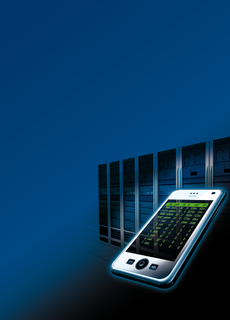
By Joe Casad
Once the computer was as big as a room, then it was as big as a car, then it was as big as a suitcase. Now, it seems, a computer can be smaller than a cigarette box - and not just in some mad scientist's lab but out in the world, on real mobile phones and other handheld devices. The hardware keeps getting lighter and smaller, and the tools keep getting smarter. This new age of mobile computing has ushered in a new era for open source. This month we examine some tools for portable and mobile environments.
The first article describes a technique for accessing a Linux computer from an iPhone or iPod Touch - not just with SSH, but through a full VNC-based GUI desktop session. Next up, longtime Linux author Marcel Gagné shows how to set up a small-scale collaboration environment on a Linux system with Open Atrium.
The next article provides a practical look at creating Qt-based applications for the Maemo platform, including real-world examples showing how to build a simple text editor and a map-reading tool for a Maemo-based mobile phone. The final article in this month's set shows how to customize the hot keys on a Linux laptop with acpid.
And if you're looking for even more on the world of portable computers, read on to our Reviews section, where we introduce you to Joulicloud and Moblin - a pair of Linux-based systems tailored for portable environments.